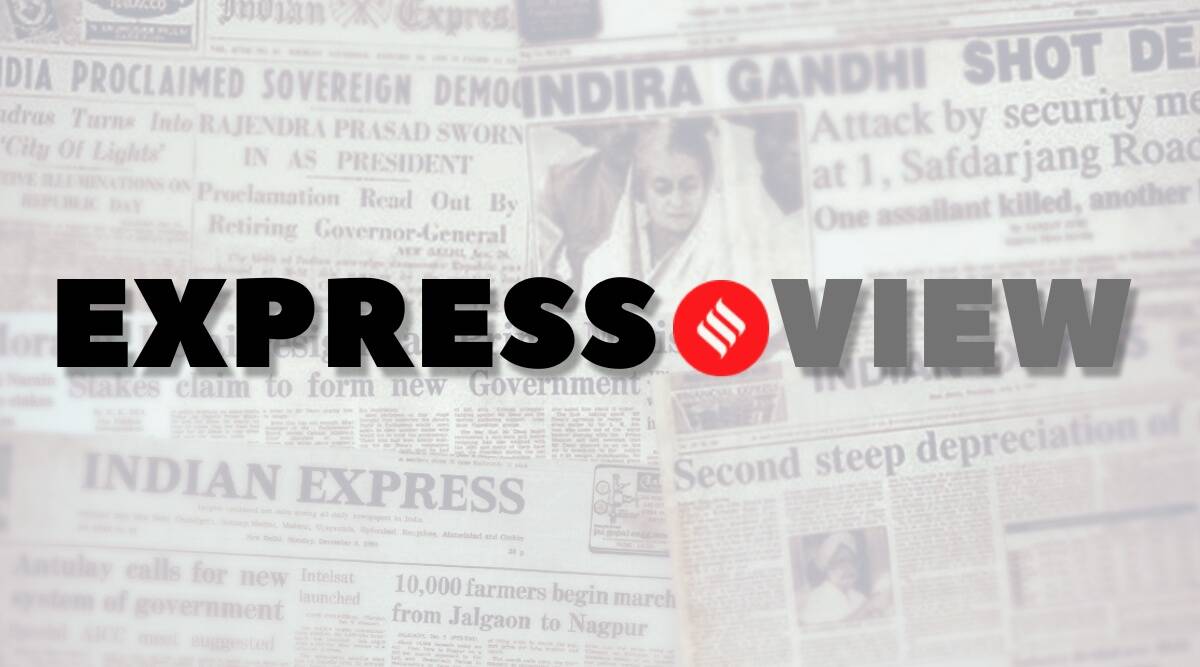 In Sri Lanka, the road ahead is still long and hard.
In Sri Lanka, the road ahead is still long and hard.Sri Lanka’s provisional agreement with the International Monetary Fund for a $2.9 billion bail-out package has come not a day too soon, even though the agency’s Board is yet to give its final nod, and the more difficult task of persuading the country’s varied creditors to restructure its debts is a pre-condition for the assistance. As one of the bilateral creditors, India has already sounded the first warning bell with a demand for “creditor equality” and “transparency”, a veiled caution against preferential treatment to China. So far, Beijing has not committed to joining multilateral negotiations on the restructuring, which Japan has offered to organise and initiate on behalf of Sri Lanka. As the world’s biggest bilateral lender, China’s record on debt restructuring suggests it prefers to go it alone. For Sri Lanka’s sake, it is to be hoped that all creditors will approach these negotiations in a spirit of co-operation.
There will be more pain as Sri Lanka implements domestic economic measures agreed upon with the Fund. In his interim budget on August 31, President Ranil Wickremesinghe, who is also the finance minister, has outlined the measures that the nation will have to adopt — more and higher taxes, selling off assets such as the national carrier, and privatising the electricity board and the state-owned petroleum corporation. Trade unions are up in arms against these moves, which include a lowering of the retirement age. Those who had argued that the meltdown was an opportunity to correct a lopsided and inequitable model of economic development outside of IMF formulas — this is the 16th intervention by the agency in Sri Lanka — are predicting that short-term fixes that carry so much hardship are not the solution. Wickremesinghe’s ability to get the people on his side will be crucial, but it will be a hard task for a politician whose party failed to win a single seat in the 2020 parliamentary elections, and whose presidency is being propped up by the Sri Lanka Podujana Peramuna, the party of the ousted and still despised Rajapaksas.
This is why the Sri Lankan president has been trying to form an all-party government since assuming office on August 2. So far, his outreach and an impassioned plea in his budget speech asking opposition parties to join the government in order to free the country of its foreign loan dependence so that stronger economies stop using this “as a tool for interference”, has not won over any of his opponents. In Sri Lanka, the road ahead is still long and hard.